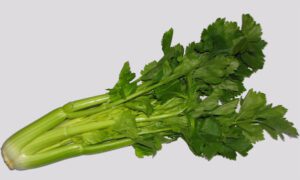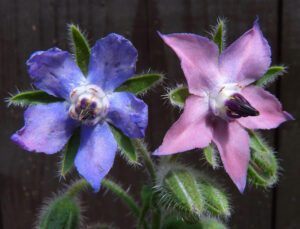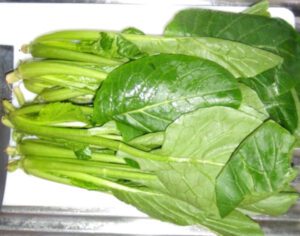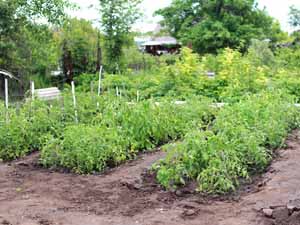Growing endive in home garden is similar to growing lettuce, and it’s not difficult. Actually the endive is a part of the lettuce family.
And for growing endive, you have two types to choose from. The first one is a narrow-leaved variety which is called ‘curly endive‘.
And the another one is has broader leaves and called as ‘escarole‘. Both types are great in salads.
Endive (Cichorium endivia) is actually a leaf vegetable belonging to the genus Cichorium (which includes several similar, bitter and leafed vegetables).
Endive is full of nutrients and rich in many essential vitamins and minerals. It is rich especially in folate and vitamins A and K, and also high in fiber.
So, it is healthy and beneficial for your health. By the way, growing endive in your home garden can be a good way for enjoying this great vegetable.
How to Grow Endive
Growing endive is relatively easy, and it’s almost similar to growing lettuce. Here we are describing everything related to growing endive organically in home garden.
Select a Location in Your Garden
First of all, select a good location in your garden for growing endive. Selecting an area with full sun and well drainage system will be good for growing endive. Although, the endive plants can tolerate some shade.
Prepare the Soil
After selecting the area, you have to prepare the soil. Endive plants grow well in fertile soil which is rich in organic materials.
So, till the soil first and then add well-rotted aged manure or homemade compost while preparing the soil.
Don’t apply chemical fertilizers as you are going to produce organic products.
Select a Variety
There are actually two main varieties of endive plants available namely Curly Endive and Escarole. Both varieties are good and nutritious.
The Curly endive variety has narrow, green and curly outer leaves. It is sometimes also called chicory in the United States and in French it is called as “chicorée frisée”.

On the other hand, the Escarole variety has broad, pale green leaves and is less bitter than the other varieties.
It is also called broad-leaved endive, Bavarian endive, grumolo, scarole, scarola and Batavian endive. And this variety is eaten like other greens, sauteed, chopped into soups and stews, or as part of a green salad.
Whichever variety you choose, both are good. But you should choose that variety which grows well in your area. And also consider it’s availability.
Purchase Seeds
Endive seeds should be easily available. You can purchase seeds from any of your nearest market or garden centers. You can also consider ordering the seeds online.
Best Time for Growing Endive
Endive plants are generally planted in early spring. Minimum soil temperature for seed germination is 15° C. But the seeds germinate best at temperature between 20 and 22° C.
Planting
You can either plant transplants or sow the seeds directly into the soil for growing endive in your home garden. If you choose transplants, then plant the seedlings to about 1 ft apart, and the rows should be 1.5 to 2 ft apart.
But if you prefer direct sowing, then sow seeds 2-3 inch apart and thin later to about 1 ft apart. Water the ground thoroughly after sowing the seeds, and also immediately after planting the transplants.
Caring
Taking additional care will ensure good growth of your plants. Here we are describing more about the common caring process for growing endive plants.
Fertilizing: Endive plants generally don’t require additional fertilization if you prepare the soil by adding lots of organic materials. Although applying liquid fertilizers (such as blood meal or compost tea) after every 2 weeks will ensure better growth of the plants.
Watering: Endive leaves will become tough and bitter without sufficient water. So, you have to water the plants at least 1 inch every week. Water the soil thoroughly for best results (not the plants), because wet endive has tendency to rot.
Mulching & Controlling Weeds: Weeds consume nutrients from the soil, so removing them is important. You can remove the weeds from garden either by hand or by using a hoe. Mulching also helps to prevent most of the weeds from the garden. Use organic materials as mulch such as grass clippings, straw, hay, homemade compost etc.
Thinning: Endive plants don’t grow well if they are overcrowded. So thin them to at least 1 inch apart.
Pests and Diseases
Diseases are less in the endive plants, but some pests can harm the plants. Aphids, slugs and snails are the common pests for the endive plants. You should always use organic methods for controlling all these pests.
Harvesting
Endive plants generally become ready for harvesting within about 80 days after planting the seeds. You can either harvest individual leaves or the entire plants as needed.
For harvesting, use a knife to cut the plants at the ground level, leaving the root system intact. Doing so will encourage new growth in warm weather and this will ultimately give you a steady supply of tasty salad greens. Good luck!






